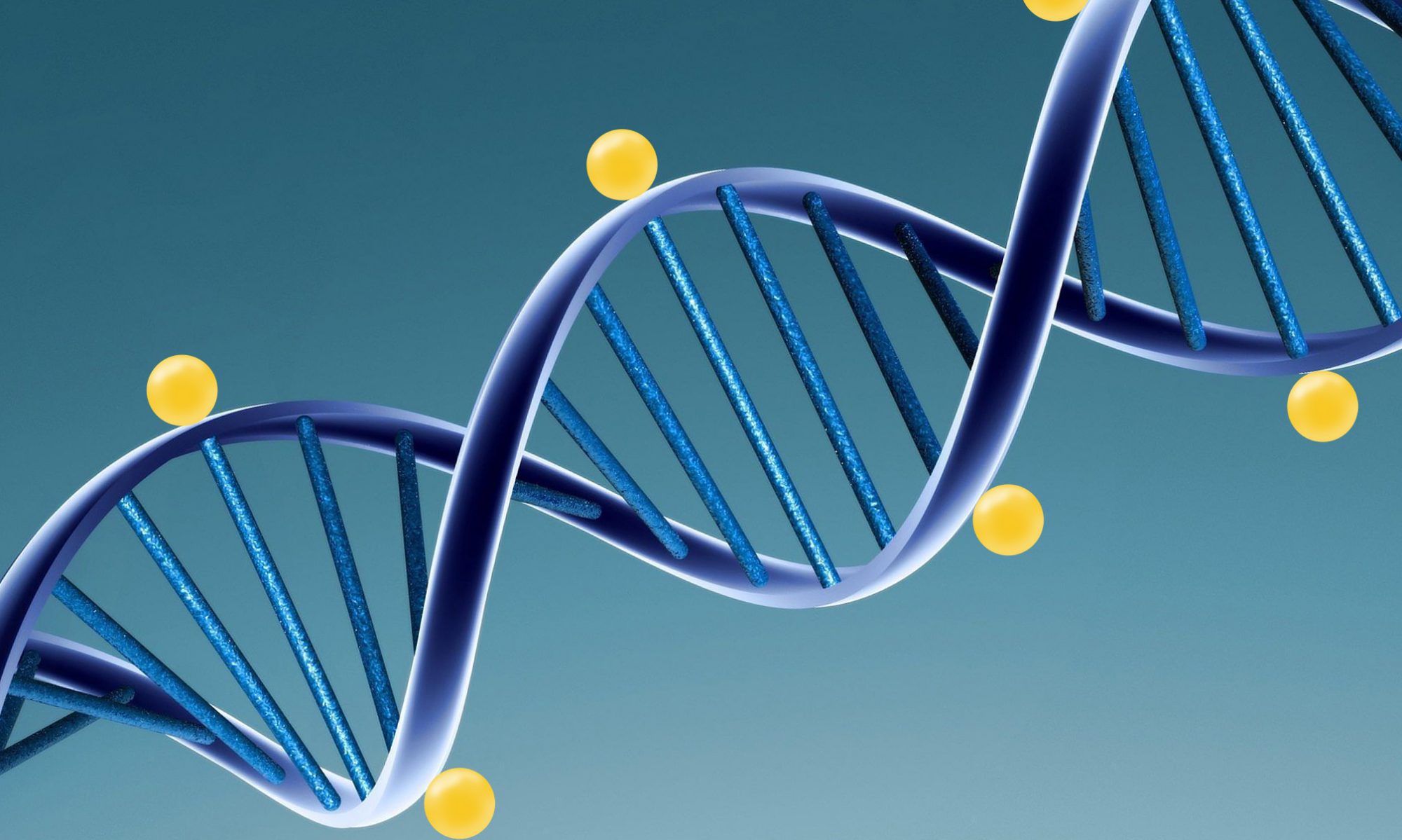Survivors of traumatic experiences, like war or genocide, often experience high levels of stress that lead to post-traumatic stress disorder (PTSD), among many other mental health issues. Recently, studies have been performed with the purpose of investigating the effect of parental PTSD on offspring, oftentimes with results pointing towards epigenetics as the mode of inheritance.
A study was recently conducted that analyzed the methylation patterns of Vietnam veterans. The study found that the peripheral cells of these veterans were globally hypomethylated. The pathway in which high levels of stress alter DNA methylation patterns in people who experienced trauma remains unknown. Recent studies have begun to analyze this pathway, but no definitive results have been found*.
However, in the sperm cells of these veterans, it was shown that the germline cells were globally hypermethylated, specifically at the genes that code for glucocorticoid receptors (2). Interestingly, it has also been shown that there are portions of DNA (including these genes in question) that are resistant to demethylation during the development of the fetus, including the genes that are involved with PTSD symptoms (2). Thus, these altered methylation patterns are passed on to offspring.

To observe these methylation patterns being passed on, another study found that the offspring of paternal PTSD have hypermethylated DNA at the glucocorticoid receptor (GR) genes and at several loci involved in the transforming growth factor-beta signaling pathway (TGF-β) (2,3). GR and TGF-β are involved in stress response and neuronal signaling, respectively, and thus impact the mental health of the individual (2,3,4). The hypermethylation of the GR and genes in the TGF-β signaling pathway lead to hyperactivity in the Hypothalamic-Pituitary-Adrenal (HPA) axis and a lack of TGF-β signaling, respectively (5,6). These effects make the offspring of parents with PTSD more susceptible to developing mental health disorders.
In the following pages, we will discuss how DNA methylation, glucocorticoid recepts, and TGF-β signaling play a role in the epigenetic inheritance of mental health disorders.

I like the figure on this page, it is helpful to see the flow.
As a reader just having read the question page and answer page, I think it would be helpful to expand on methylation just a bit more when it is introduced on this page. What does methylation tend to lead to, overactive DNA transcription and translation, or the opposite, or is it case-by-case. This hypermethylation is clearly a critical piece in the answer, it is just unclear from these pages what methylation of DNA actually does in the cells.
Some small notes on grammar:
in the sentence: “To observe these methylation patterns being passed on, another study found that the offspring of paternal PTSD have hypermethylated DNA at the glucocorticoid receptor (GR) genes and at several loci involved in the transforming growth factor-beta signaling pathway (TGF-β) ”
This sentence doesn’t quite make sense grammatically and there is also maybe a missing word in the second part: “The offspring of paternal PTSD …” patients? veterans?
We discuss this a bit later, and we made the edits on grammar!
I also like the figure on the page, it really helps demonstrate how non-genetic factors can be passed down (such as stress)
I think that would be helpful to have a figure here about how exactly DNA methylation occurs, and where on the DNA the methyl group actually gets added onto. Is it every single base pair in a specific gene that gets methylated? Or is it simply specifically small stretches of DNA that get methylated that leads to the same effect? I also think that the knowing what methylation causes would be helpful as well. Does methylation mean that the gene is under expressed or over expressed?
Thanks! We talk about this a bit later!
Great intro! The logic was easily followed.
In regards to the above comments, I agree that a short description of methylation would be appreciated, i.e. “methylation is the addition of methyl groups…” and a mention of what the consequences are, so that the reader has an introduction to the biochemical principle during this “big picture” discussion before getting into the in-depth chemistry.
I think that this page, along with the Question page are very well constructed–it is very effective to utilize such a specific and relevant example to illustrate the overarching content of your website. Along with the example of PTSD in veterans, however, it may be helpful to also mention how this type of methylation can occur as a result of other environmental factors, or at least how it plays a role in other people as well (because it is a much more widely applicable concept than just this one example).
Based on this one page, I am also somewhat unsure what the specific pathway/mechanism is that you’ll be delving into later: is it the mechanism of the methylation/demethylation of the DNA? Or is it the way that promoter mentioned in the last paragraph plays a role in relevant signaling pathways?
Another small thing is that I think it might be visually helpful to either have your flow chart be horizontal or to be smaller because having to scroll so much from the top to the bottom of it made me lose track of where it started, and it may be helpful to be able to see it all at once.
Added a sentence about this!